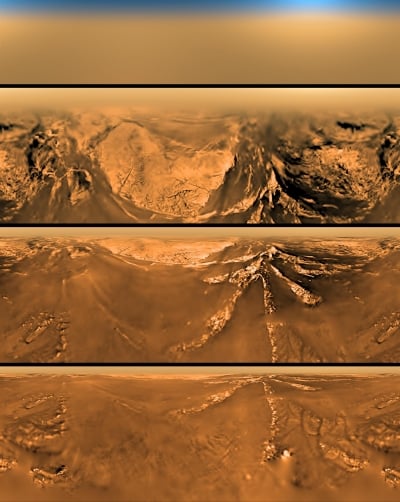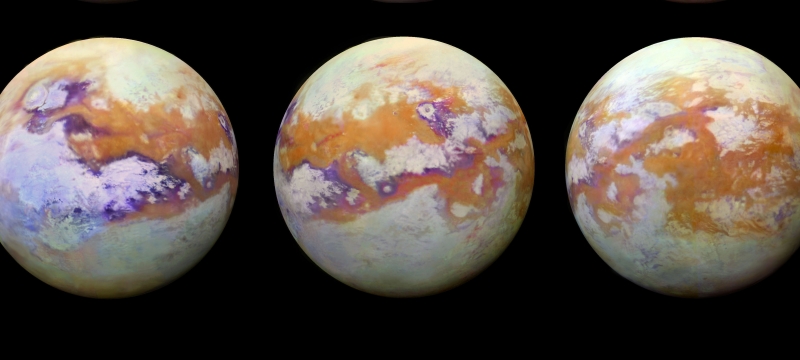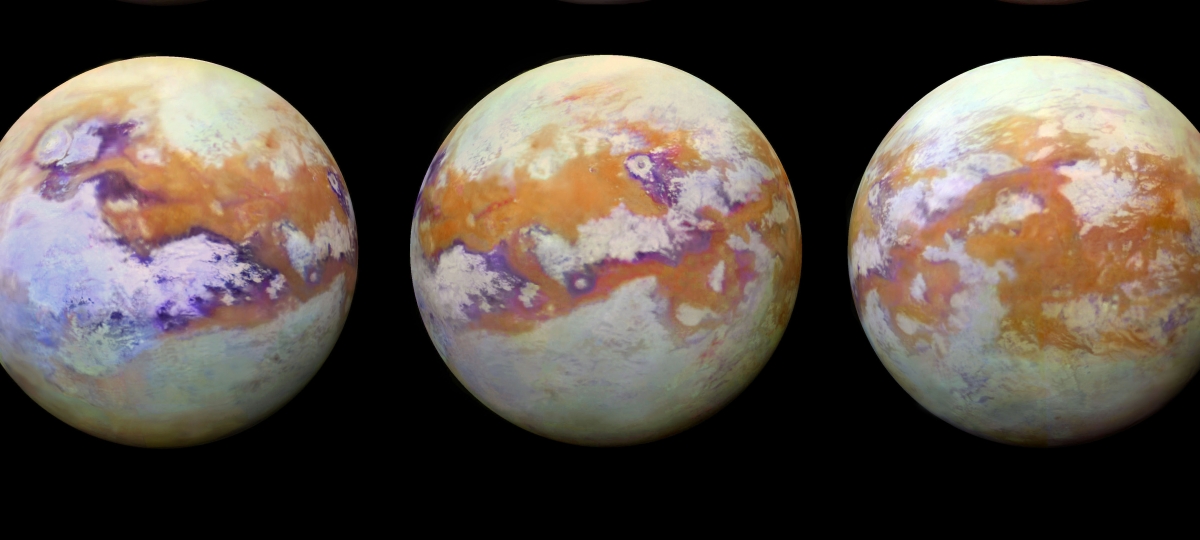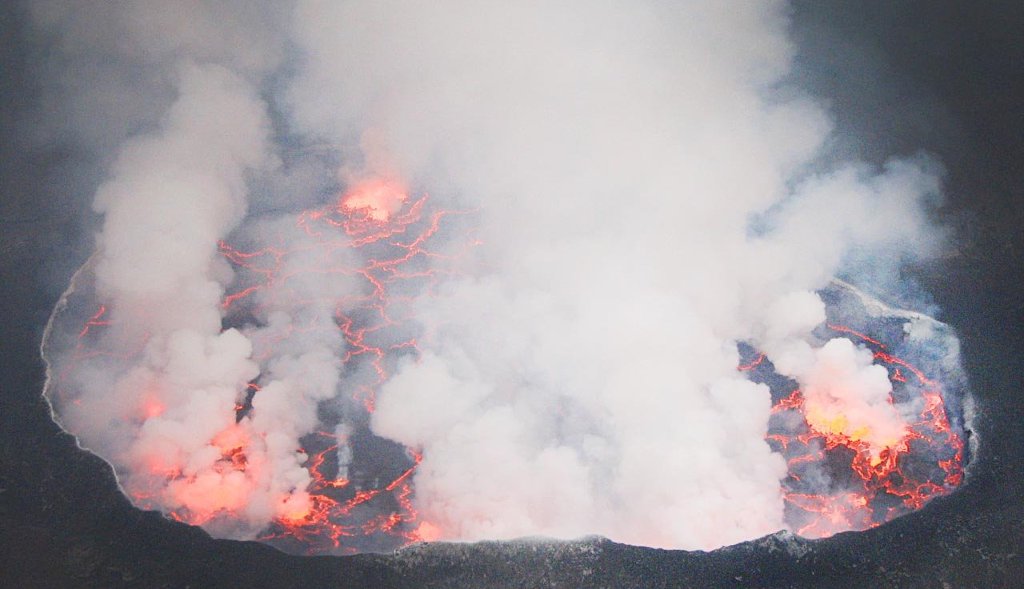Many wonder if there really is life beyond Earth. Instead of “in a galaxy far, far away,” student writer Alyssa Abbas shares that alien microbial life forms may be only three planets away — on Saturn’s moon, Titan.
Many popular science fiction franchises depend on humanoid aliens to spin their stories. Titan is a popular sci-fi destination, but it is also of scientific interest since its chemistry and environment are promising for alien microbes. However, life on Titan would look different than life on Earth, largely because of the atmosphere and the chemical compounds that make up the moon.
About the Researchers
Stephen Techtmann, assistant professor and environmental microbiologist at Michigan Technological University, says that if life exists on Titan, it may look extremely different from life on Earth, especially because researchers tend to assume life needs water. But microbes, like the oil-eating and plastic-munching ones Techtmann studies, can thrive on weird foods and in all sorts of strange environments.
Titan’s water is frozen on the surface with a vast internal ocean; liquid ethane and methane cover the surface and largely make up the moon’s lakes and rivers. Also, oxygen is not a major component of Titan’s atmosphere, which is composed mainly of methane and nitrogen. This points to the building blocks of life potentially being nitrogen, ethane and methane, which could form nitrogen-based azotosomes instead of the lipids that form the membranes that protect and organize cells on Earth. Because of the different chemical components of Titan, lipids are not possible.
Mostly Frozen
Due to freezing temperatures on Titan — negative 179.6 degrees Celsius to be exact — all its surface water is frozen. Though the surface temperature of the moon is much colder than any place on Earth where microbes have been found, many microorganisms on Earth have been revived from extremely cold temperatures, leading some to think that if there is life on Titan, it may just be on pause for the time being. Trista Vicks-Major, assistant professor and microbial ecologist at Michigan Tech, believes that it would not be unreasonable for organisms to adapt to the colder temperatures, like even more extreme versions of the microorganisms she studies in subglacial lakes in Antarctica.
Or, just like the microbes lurking in Earth’s polar depths, Titan’s life may be far below the surface. According to data retrieved by the satellite Cassini while it was still orbiting Saturn, there is an internal ocean below the surface of Titan. Vents stemming from the middle of the moon heat the water, preventing it from freezing. Much like Earth’s heat-loving microbes that live near our ocean vents, Titan’s own form of microorganisms could be living in its ocean. Most of its water is even more saline than Earth’s oceans, though, so it is difficult to predict whether cell components capable of withstanding such conditions could be formed.

Dune(s)
Besides water, organic dunes formed from the methane cycle on Titan are another area of interest. Much like the water cycle on Earth, methane is condensed and evaporated into the atmosphere. But in place of snow or rain, Titan has organic material that falls to the ground and is then blown around the planet, collecting in dunes that cover areas of its icy surface. Among the organic dunes is an impact crater of unknown origin. Many researchers believe that this crater may hold the key to life on Titan but are unsure how old the crater is or what caused it.
Much more data is needed to determine if Titan harbors life. Because of this, NASA is planning to launch a roto-craft (similar to a giant drone) in 2027, to arrive on the moon in 2036. This roto-craft has been named Dragonfly and its mission is to find areas of Titan that hold the potential beginnings of life, such as the lakes, organic dunes and the impact crater. Not only will Dragonfly be sending images back to Earth, but it will also be taking samples and analyzing them to give researchers a better understanding of Titan’s surface. This mission may also shed light on the early stages of life on Earth, since our atmosphere is thought to have been similar to Titan’s when life first began forming.
With so much left to explore, the possibilities of life elsewhere in the universe are becoming more and more likely. These life forms may not look like life on Earth, but to find that we are no longer alone in the galaxy would be a huge leap for our little blue planet. This discovery would not only shed light on how we became, but would also raise questions as to what else may be out there.
Michigan Technological University is an R1 public research university founded in 1885 in Houghton, and is home to nearly 7,500 students from more than 60 countries around the world. Consistently ranked among the best universities in the country for return on investment, Michigan's flagship technological university offers more than 185 undergraduate and graduate degree programs in science and technology, engineering, computing, forestry, business, health professions, humanities, mathematics, social sciences, and the arts. The rural campus is situated just miles from Lake Superior in Michigan's Upper Peninsula, offering year-round opportunities for outdoor adventure.








Comments